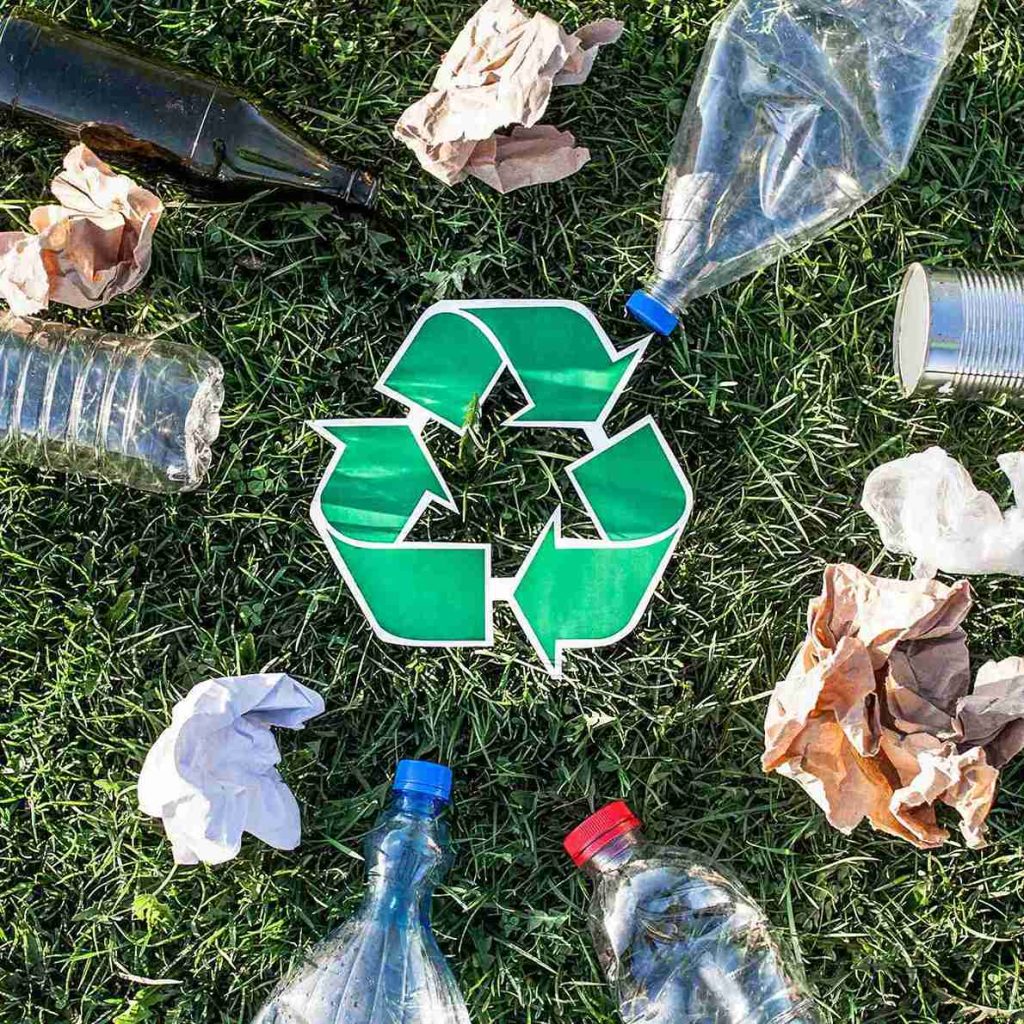Driven by carbon neutrality targets and global sustainability goals, more manufacturing enterprises are taking a fresh look at how they manage plastic waste within their operations. Manufacturers traditionally treated post-production plastic scraps and offcuts as disposable byproducts, often outsourcing them to third-party recyclers. However, this model is quickly becoming outdated. Rising material costs, stricter environmental regulations, and increased pressure from ESG reporting have pushed companies to rethink their waste strategy. Today, forward-looking manufacturers are shifting toward in-house, closed-loop recycling systems that are smarter, more automated, and better aligned with long-term sustainability goals. These systems not only reduce reliance on external recyclers but also unlock new efficiencies, minimize raw material usage, and support brand narratives around eco-conscious manufacturing. In this evolving landscape, managing plastic waste is no longer a logistical chore—it’s a strategic pillar of modern industrial competitiveness.
From ‘Waste’ to ‘Resource’: A Recycling in Perspective
In the past, manufacturers typically regarded plastic waste, defective products, and reworked materials as low-value by-products—burdens that demanded extra storage space, processing, and disposal costs. Many manufacturers regard these materials as inevitable losses and pay more attention to output rather than recovery rate. However, with the rapid development of recycling technology, this view is changing. The granulation system, automatic sorting and pollution reduction technologies of high-performance plastic pelletizing machines make it possible to transform former waste into high-quality and reusable raw materials.
Today, manufacturers are increasingly recognizing these materials as untapped assets. By directly integrating an efficient on-site recycling system into the production line, enterprises can significantly reduce their reliance on raw materials, lower operating costs, and enhance production continuity. At the same time, this transformation supports a more powerful environmental narrative – helping companies not only achieve compliance goals but also strengthen their commitment to circular manufacturing and corporate sustainability.

Technology Evolution: From Manual to Automated
Modern recycling systems go far beyond traditional manual sorting and basic reprocessing techniques. Today’s advanced setups are highly automated and designed to handle the complete recycling workflow—shredding, washing, drying, and pelletizing—in a single streamlined process. Equipped with intelligent control systems, these machines can identify different plastic types, adjust operating parameters such as temperature, screw speed, and filtration based on input material characteristics, and maintain consistent output quality. Some configurations even include contamination detection and inline compounding capabilities, enabling manufacturers to blend additives or colorants during the recycling phase. These innovations not only boost processing efficiency and reduce labor dependency but also ensure high purity and uniformity of the final pellets, which is crucial for downstream applications such as injection molding, extrusion, or high-performance product manufacturing. As a result, manufacturers gain tighter control over material quality while enhancing production scalability and environmental compliance.
Diversified Applications: From Packaging to Electronics Accessories
Plastic recycling applications are expanding rapidly across a wide range of industries, driven by both regulatory pressure and growing demand for sustainable materials. In the packaging sector, recycled pellets are used to manufacture bottles, films, and food-grade containers. In the automotive industry, these materials are molded into dashboards, trim components, and structural inserts that meet durability and performance standards. The construction sector uses recycled plastics in producing pipes, roofing panels, insulation layers, and composite decking.
More recently, the consumer electronics industry has emerged as a high-value application area. Certain high-clarity, high-strength recycled plastics are now being utilized to produce accessories like phone screen protectors, which require precise optical performance, excellent scratch resistance, and minimal impurities. These applications place significantly higher demands on the consistency and purity of the recycled material, especially at the pelletizing stage. By delivering reliable quality, high-grade recycled pellets enable manufacturers to meet technical specifications while aligning with eco-design goals—helping brands position their products as environmentally responsible and innovation-driven.

The Hidden Driver: Equipment Selection and Configuration
Effective recycling hinges not only on commitment but also on selecting the right equipment for the job. With the growing diversity of plastic materials and processing requirements, manufacturers face a complex decision matrix when choosing pelletizing and recycling machinery. It’s not simply about capacity—though production volume is a key consideration—it’s also about compatibility with specific resin types, such as PP, PE, PET, ABS, or more technical polymers. For instance, machines designed for high-viscosity plastics need robust extrusion and degassing capabilities, while those handling thin films or flexible packaging require precision feeding systems and anti-wrapping features.
Moreover, energy efficiency plays a vital role in keeping long-term operational costs down, while ease of maintenance, automation level, and system scalability affect day-to-day usability and future expansion. A tailored equipment setup that aligns with a factory’s unique waste stream and product goals can greatly increase return on investment and support a more agile, sustainable production strategy.
Future Outlook: Smart and Sustainable Integration
As Industry 4.0 and smart manufacturing continue to reshape factory operations, plastic recycling systems are evolving in parallel—becoming not only more automated, but also more intelligent and connected. Modern pelletizing and reprocessing units can now be integrated with Manufacturing Execution Systems (MES), enabling seamless data exchange with upstream and downstream production processes. This integration allows for real-time monitoring of material flow, energy consumption, equipment status, and even predictive maintenance alerts. Remote control functions and cloud-based analytics further enhance operational flexibility and efficiency. At the same time, leading equipment manufacturers are investing heavily in the development of low-carbon, energy-efficient technologies—such as variable-frequency drives, modular heating zones, and closed-loop cooling systems—that reduce both environmental footprint and long-term cost of ownership. These advancements are transforming recycling equipment from standalone tools into core components of intelligent, sustainable manufacturing ecosystems.
Conclusion
In today’s dynamic and sustainability-driven business environment, plastic recycling is no longer simply an environmental obligation—it has become a core lever for operational efficiency, competitive differentiation, and long-term resilience. Manufacturers that invest in closed-loop recycling capabilities and advanced pelletizing technologies are not only minimizing waste and cutting raw material costs, but also enhancing product consistency and reducing supply chain dependencies. More importantly, these efforts position companies to meet evolving regulatory expectations and rising customer demand for environmentally responsible products. Recycling is no longer an afterthought; it’s an integrated component of future-ready manufacturing strategy. By proactively embedding recycling systems into their production infrastructure, forward-looking enterprises are laying a more agile, cost-effective, and sustainable foundation for the decade ahead.